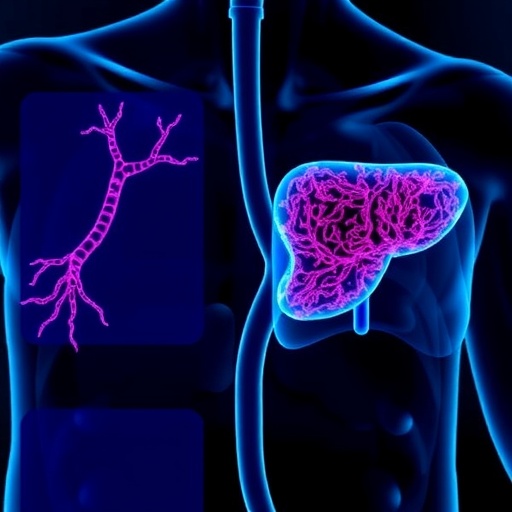Oral squamous cell carcinomas (OSCCs) are the most common head and neck cancers, but are often diagnosed late.
Now, researchers in Germany have developed a new cell-based test that could help provide earlier and more reliable diagnosis of OSCCs.
Writing in Science Physical Oncology, the researchers explain how they tested the mechanical properties of OSCC cells, and found they were 'softer' than benign cells.
Lead authors Professor Josef Käs and Professor Torsten W. Remmerbach, from the University of Leipzig, said: "Early diagnosis and treatment of OSCCs is essential to enabling recovery. But in up to 60 per cent of cases the diagnosis is late because the growth has not been recognised, or has been mistaken as harmless."
The research team examined if cells' mechanical properties could be used as a marker for malignancy. As well as being softer than benign cells, the team saw that cancer cells exhibited a faster contraction than their benign counterparts when testing the relaxation behaviour after stress release.
Professor Remmerbach said: "This new way of drawing distinction between malignant and benign cells could enable an early confirmation of cancer diagnoses, by testing cell samples of suspect oral lesions."
The researchers used an optical stretcher to analyse the properties of the cells. Their experiments revealed that cells of primary OSCCs were deformed by 2.9 per cent, rendering them softer than cells of healthy mucosa, which were deformed only by 1.9 per cent.
Co-author Dr Jörg Schnauß said: "What we found also has implications for the way studies in cancer research are carried out. Many studies are performed with cancer cell lines rather than primary cells. When comparing the mechanical properties of both, our results showed that long time culturing leads to softening of cells.
"This softening in the culturing process could potentially affect the significance of test results. Because of that, we suggest that future research uses primary cells to ensure accuracy."
###
Media Contact
Simon Davies
[email protected]
44-011-793-01110
@IOPPublishing
http://dx.doi.org/10.1088/2057-1739/aac72d




